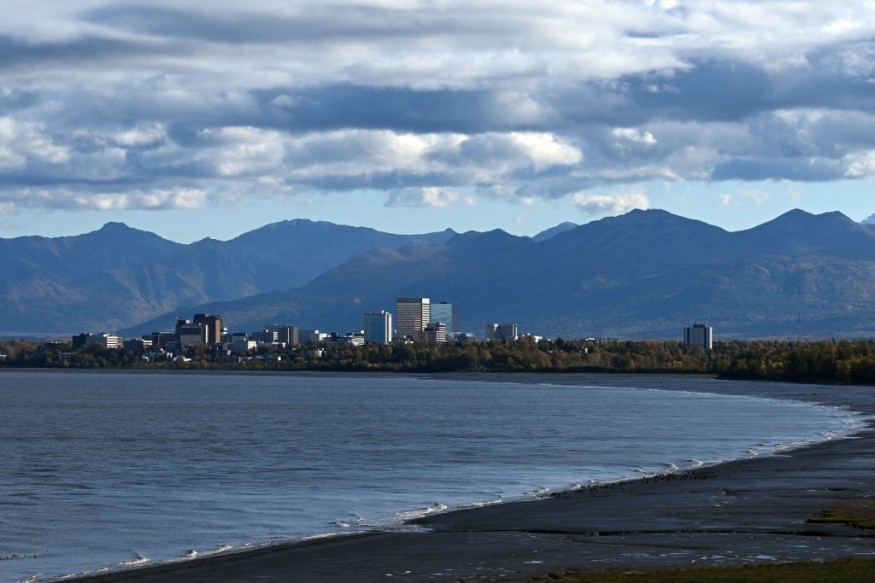
The latest report showed that a 4.7 magnitude earthquake struck parts of Anchorage, Alaska, with no reported injuries or casualties.
According to the United States Geological Survey (USGS), the earthquake was tracked over the Eagle River. The USA Today reported that the quake was 17.5 miles deep.
Furthermore, the New York Times report showed that over 1,000 people in the area managed to feel the quake in Anchorage, Alaska.
The reports noted that no emergencies, injuries or casualties were reported after the earthquake occurred.
People should keep updated with earthquake updates, especially for aftershocks.
Earthquake in Southern California
Meanwhile, USA Today's recent news article said a 3.8 magnitude emerged in Southern California.
Based on the report, the quake was felt in Malibu and Ventura. No injuries occurred after the mild earthquake.
On June 19, Reuters also reported that a 6.4 magnitude earthquake unfolded in the Gulf of California.
Based on the European Mediterranean Seismological Centre (EMSC), the earthquake managed to hit 10km dept.
No tsunami alerts were reported.
Meanwhile, the reports Southern California experiences 10,000 earthquakes every year, noting that most quakes are small to feel.
Staying safe during an earthquake
While earthquakes are hard to predict, homeowners can still be prepared to anticipate possible earthquakes, especially near coastal areas.
Earthquakes can become deadly, causing devastating to homes and communities. Knowing what to do would help prevent injuries and casualties.
According to the American Red Cross, earthquakes and aftershocks could result in tsunamis, flash floods or landslides. Power outages and inaccessible roads are also possible.
Check your home or area
Homeowners can check their homes or areas if they are earthquake-prone. Homeowners should ensure that their home structures observe the city guidelines.
Furthermore, it is also best that check for necessary repairs that could worsen during earthquakes.
Securing all fragile equipment, cabinets and toxic materials that could fall or collapse during quakes is also advisable.
Remember the Drop, Cover and Hold On
Homeowners should prepare emergency plans at home when an earthquake emerges. Practicing the drop, cover and hold on would be helpful to ensure safety.
As you look for secure areas under the desks or table, it is important to cover your head from falling or flying debris.
It is also essential to stay calm.
Prepare emergency kits at home
After the earthquake, it could result in devastating damages to communities, infrastructures and powerlines. Emergency kits are helpful for supplies, including medicines.
Also Read : Earthquake Emergency: How Homeowners Can Prepare
Homeowners can keep emergency supplies ready at home or when they need to evacuate to shelters.
The recommended emergency supplies are battery-powered radio, flashlight, medicines, mobile devices, extra cash, phone book of family members, medicines, bottled water and non-perishable goods.
After the earthquake
Once the earthquake or tremors are over, homeowners should become careful with falling debris. It is best to look for your family members if they are safe from the quakes.
Checking your home for possible damages is essential as it could possibly collapse.
Related Article : Is it Possible to Predict Earthquakes? Scientists Look for Ways to Detect Early Warnings
For more similar stories, don't forget to follow Nature News.
© 2025 NatureWorldNews.com All rights reserved. Do not reproduce without permission.





